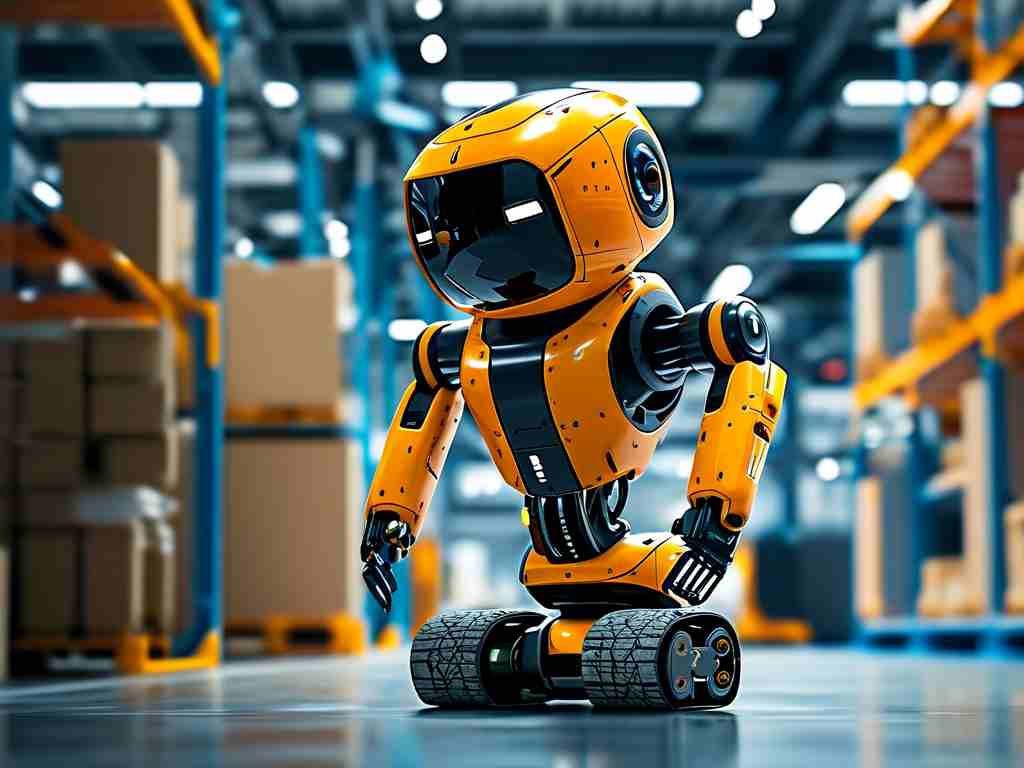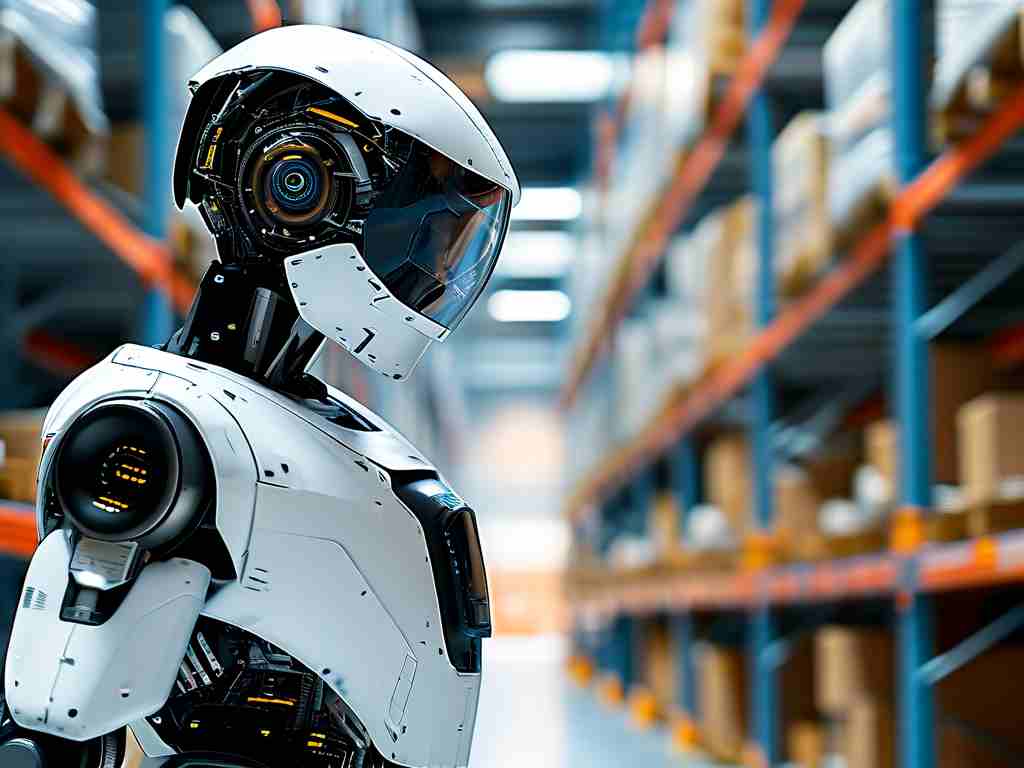The logistics industry is undergoing a seismic shift as robotic moving technology emerges as a game-changer. Unlike traditional relocation methods that rely heavily on human labor, these intelligent systems combine advanced sensors, machine learning algorithms, and precision engineering to streamline the entire moving process. From residential moves to industrial equipment transportation, robots are redefining efficiency and safety standards.

How Robotic Moving Systems Work
At the core of robotic moving technology lies a fusion of hardware and software innovations. Autonomous mobile robots (AMRs) equipped with LiDAR and 3D vision sensors can map environments in real time, avoiding obstacles while calculating optimal paths. For heavy lifting, hybrid robotic arms with adaptive grippers handle fragile items like pianos or glassware using force-torque feedback mechanisms. Cloud-based platforms enable fleet coordination, allowing multiple robots to collaborate on large-scale projects. A notable example is the "MoverBot X3" system, which uses swarming algorithms to synchronize 20+ units for warehouse relocations.
Applications Across Industries
In residential moving, companies like RoboMove Inc. deploy compact transporter bots that autonomously pack, label, and load household items. These machines can disassemble furniture using proprietary toolkits while maintaining an inventory database through RFID tagging. Commercial sectors benefit even more dramatically: automotive factories now use 15-ton-capacity robotic carriers to reposition assembly line machinery with millimeter precision, reducing downtime by 70% compared to manual methods.
Economic and Environmental Impact
Adopting robotic moving solutions cuts operational costs by 40-60% long-term, according to a 2023 Logistics Tech Report. Energy-efficient designs, such as Tesla-derived battery packs in MoviBot’s latest models, lower carbon footprints by 30%. Reduced packaging waste is another advantage – smart compression algorithms enable bots to optimize box space usage, decreasing material consumption by 25%.
Technical Challenges and Solutions
Despite progress, hurdles remain. Narrow staircases and cluttered spaces still challenge smaller robots. Innovators are tackling this with modular designs: the Climbot series features detachable tread units that reconfigure for stairs or tight corners. Cybersecurity is another concern, prompting developers to implement blockchain-based encryption for fleet management systems.
The Human Element
Contrary to fears about job displacement, robotic moving tech is creating new roles. Skilled operators now oversee robot teams, earning 35% higher wages than traditional movers. Training programs like the Certified Robotic Moving Specialist (CRMS) certification have emerged, blending robotics maintenance with logistics planning.
Future Outlook
Next-gen prototypes hint at transformative possibilities. MIT’s experimental "MorphBot" uses liquid metal actuators to reshape its structure for different cargo types, while DHL is testing drone-robot hybrids for multi-floor vertical transportation. As 5G connectivity improves, real-time remote control of transcontinental robotic moving fleets could become standard by 2030.
In , robotic moving technology isn’t just automating physical labor – it’s reimagining the very concept of relocation. By merging mechanical prowess with digital intelligence, these systems promise faster, safer, and more sustainable solutions for our increasingly mobile world.


